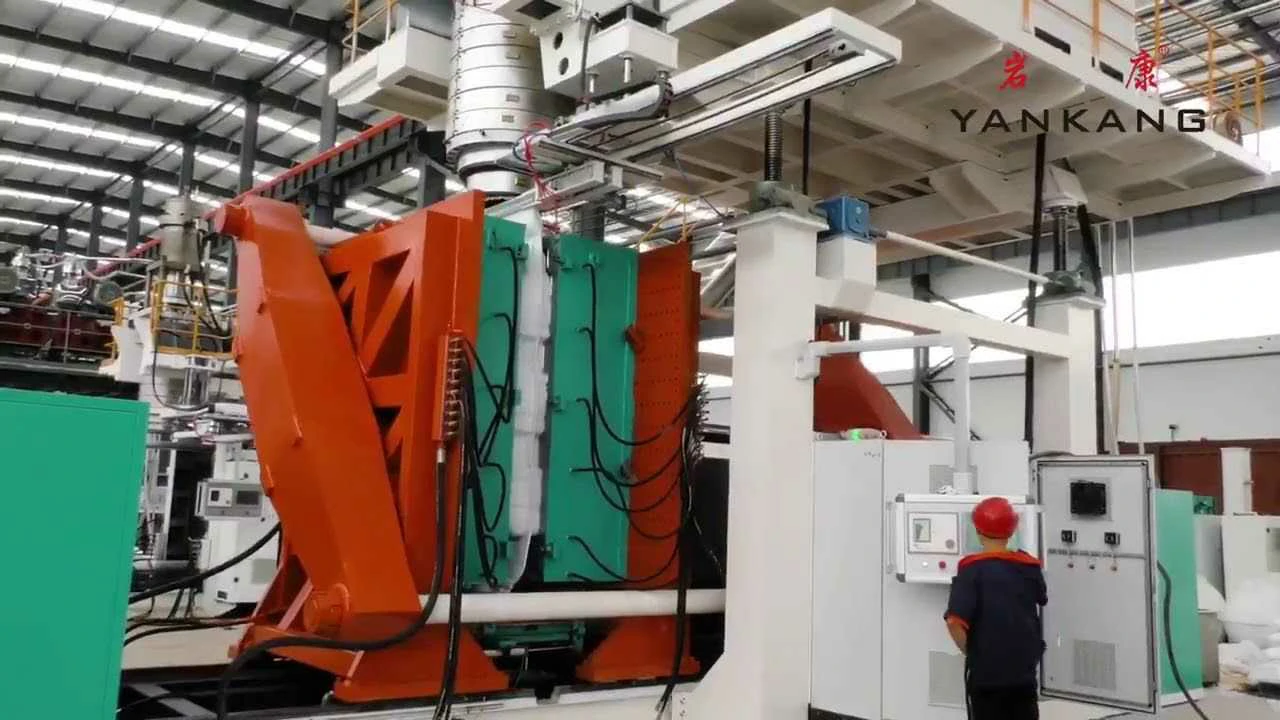Common Misunderstandings in Operating and Debugging Domestic Hollow Blow Molding Machines
Operating and debugging a domestic hollow blow molding machine requires a thorough understanding of its various components and processes. However, there are several common misunderstandings that can hinder the efficient operation and maintenance of these machines. In this article, we will explore some of the most prevalent misconceptions and provide insights into how to address them effectively.
1. Lack of Proper Training and Understanding
One of the most significant misunderstandings surrounding the operation and debugging of domestic hollow blow molding machines is the lack of proper training and understanding among operators and maintenance personnel. Many individuals tasked with operating these machines may not have received comprehensive training on their functionalities and intricacies. Without a thorough understanding of the machine’s operation, it is challenging to identify and address potential issues effectively.
To mitigate this misunderstanding, it is crucial for companies to invest in training programs that provide in-depth knowledge of the machine’s components, operation, and troubleshooting techniques. This training should encompass aspects such as material handling, mold setup, parameter adjustment, and routine maintenance procedures. By ensuring that operators and maintenance personnel are well-equipped with the necessary skills and knowledge, companies can minimize operational errors and maximize the efficiency of their hollow blow molding machines.
2. Inadequate Attention to Material Selection and Processing Parameters
Another common misunderstanding relates to the selection of materials and processing parameters for domestic hollow blow molding machines. Inaccurate material selection and improper parameter settings can lead to a range of issues, including subpar product quality, frequent machine malfunctions, and increased production costs. Some operators may underestimate the significance of using the right materials and optimizing processing parameters, resulting in avoidable complications during machine operation.
To address this misunderstanding, it is essential to emphasize the critical role of material characteristics and processing parameters in the blow molding process. Operators should be well-versed in the properties of different materials and their suitability for specific product requirements. Additionally, they should understand the impact of processing parameters such as temperature, pressure, and cooling time on the final product quality. By providing comprehensive guidelines and regular evaluations of material usage and processing parameters, companies can ensure that their hollow blow molding machines operate at peak performance with minimal disruptions.
3. Neglecting Routine Maintenance and Preventive Measures
Neglecting routine maintenance and preventive measures is another widespread misunderstanding that can affect the efficient operation of domestic hollow blow molding machines. Some operators and maintenance personnel may underestimate the importance of regular upkeep, leading to increased machine downtime, unexpected failures, and compromised product quality. Failure to adhere to a structured maintenance schedule and implement preventive measures can result in costly repairs and decreased overall equipment effectiveness.
To combat this misunderstanding, companies should establish a comprehensive maintenance plan that encompasses regular inspections, lubrication schedules, component replacements, and proactive troubleshooting. Implementing a preventive maintenance program can significantly reduce the risk of sudden breakdowns and prolong the lifespan of critical machine components. Furthermore, providing operators and maintenance staff with clear guidelines on maintenance tasks and fostering a culture of accountability will encourage diligent adherence to established maintenance protocols.
4. Overlooking the Importance of Operator Communication and Feedback
Effective communication and feedback mechanisms between machine operators, maintenance personnel, and management are often overlooked but crucial for optimizing the operation and debugging of domestic hollow blow molding machines. Misunderstandings and miscommunication regarding machine performance, maintenance issues, and production challenges can impede the timely resolution of problems and hinder continuous improvement efforts.
To address this misunderstanding, companies should prioritize open and transparent communication channels that facilitate the exchange of feedback and insights among all stakeholders involved in the operation and maintenance of blow molding machines. Encouraging operators to report any abnormalities or potential areas for improvement can help identify and address issues proactively. Additionally, regular meetings and reviews involving operators, maintenance teams, and management can foster a collaborative environment focused on continuous enhancement of machine operation and maintenance practices.
5. Underestimating the Impact of Environmental Factors and External Influences
Finally, underestimating the impact of environmental factors and external influences on the operation and debugging of domestic hollow blow molding machines is a prevalent misunderstanding. Changes in ambient conditions, variations in raw material quality, and external factors such as power supply fluctuations can significantly affect machine performance and product consistency. Failing to account for these external influences can lead to operational challenges and compromised product quality.
Addressing this misunderstanding involves conducting thorough assessments of the environmental conditions and external factors that may impact machine operation. Implementing appropriate measures, such as environmental controls, material quality checks, and contingency plans for power-related issues, can help mitigate the impact of external influences on machine performance. Additionally, providing operators and maintenance personnel with the necessary tools and knowledge to adapt to changing environmental conditions can enhance the resilience of domestic hollow blow molding machines against external factors.
In conclusion, the operation and debugging of domestic hollow blow molding machines are subject to various misunderstandings that can hinder their optimal performance. By addressing these misconceptions through comprehensive training, emphasizing material selection and processing parameters, prioritizing routine maintenance and preventive measures, fostering effective communication and feedback, and accounting for external influences, companies can enhance the efficiency and reliability of their blow molding operations.
.webp)




